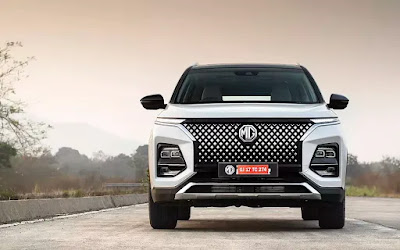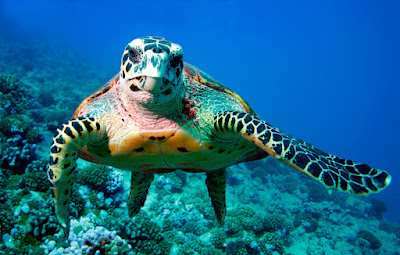DAILY INNOVATION BRIEF by Maryanne Kane, Journalist
DAILY INNOVATION BRIEF
By Journalists Edward Kane & Maryanne Kane
MG'S SUV HECTOR GETS BIG UPGRADES
- British based automaker MG has done a major redesign and upgrade on its increasingly popular SUV, the Next G MG Hector & Hector Plus
- The large, 5 or 7 seat SUV has been equipped with highly advanced, smart technologies and cutting-edge good looks
- Hector has new, autonomous, Level 2 driving technology
- It is now equipped with all digital instrumentation, voice control commands, a 14" infotainment system display, connected exterior light bar, a big front grill with chrome diamond shapes and a very plush, contemporary interior
- The vehicle has a 1.5-liter, 4-cylinder gas engine that pumps out 143 bhp and 184 ft-lbs of torque
- Top speed is 121 mph
- iSmart Technology with more than 75 connected car features
- MG remains headquartered in the UK but is China owned with production facilities in India, China and Thailand
- The MG Hector was first introduced into the India car market.
HONDA'S NEW AUTONOMOUS ROBOT AWV
- Honda's new robot, AWV or the Autonomous Work Vehicle, is designed to drive and move goods over tough terrain like construction sites
- The all-electric, zero-emissions AWV can drive itself, along with two pallets of goods weighing up to 2,000 pounds, without any human intervention
- Top driving speed up to 10 mph
- Battery range is 28 miles or 10 hours of power
- To navigate, AWV has a suite of sensors on its mast
- Can operate autonomously or by remote control
- Technologies include GPS, LiDAR, cameras, radar, cloud connectivity - all controlled by a tablet-based interface
- Can work in tandem with other Honda AWVs
- Honda is targeting the AWV for worksite transport and to address worker shortages
- Honda is now looking for companies to partner with and test the AWVs at their worksites
- Some of the new technologies in AWV are likely to find their way into new Honda robots and cars.
WORLD'S BIGGEST OCEAN PROTECTION TREATY IN HISTORY
- The United Nations' High Seas Treaty will protect 30% of the world's oceans by 2030
- Greenpeace calls the treaty "the biggest conservation agreement in the history of the world"
- Nearly 200 nations have signed it
- The nations are also promising to dedicate more money to develop innovative solutions to species extinction, marine conservation and biodiversity
- A key innovation being targeted is the development of pathways to establish marine sanctuaries for treaty signatories to turn their Ocean Treaty Pledge into a reality
- A key goal is to stop and reverse the accelerating extinction of ocean species
- The non-profit Pew Trust calls the agreement a "once in a generation opportunity to protect the oceans and a major win for biodiversity
- This breakthrough international agreement comes at a time when ocean heat content has hit a record high which has deleterious impacts on marine species, tides, currents, weather, hurricanes, heat waves and is a clear sign of accelerating Climate Change
- Ocean conservation is extremely important because 70% of the earth's surface is composed of oceans.
For more news stories like this, The Future of Flying






%20(1)%20(1)%20(3)%20(2)%20(2).jpg)


Comments
Post a Comment